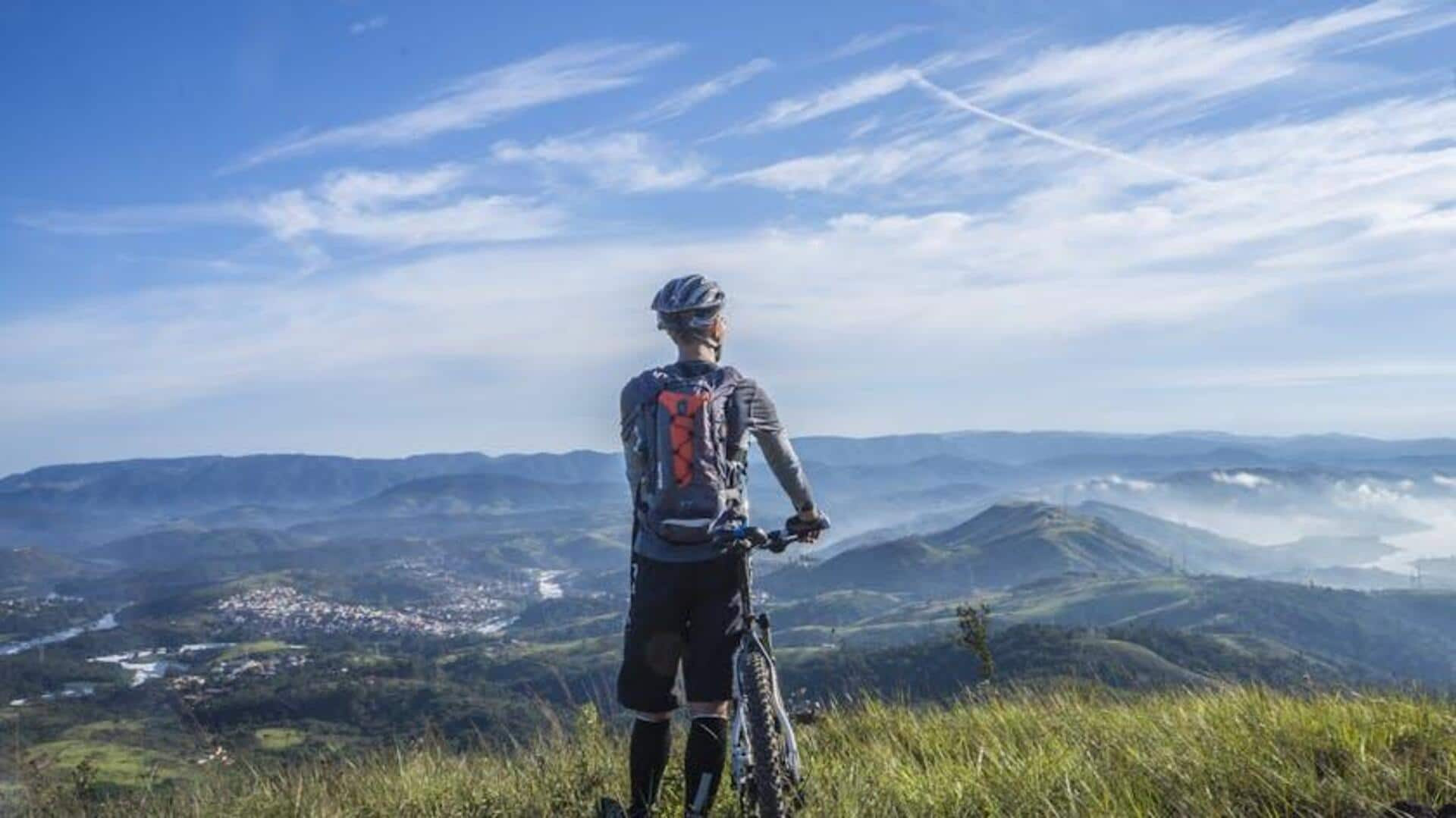
Cycling through Norway's fjords: Tips for an epic adventure
What's the story
Cycling through Norway's fjords is a unique way to explore the country's stunning landscapes. With dramatic cliffs, serene waters, and charming villages, the fjord region makes an unforgettable backdrop for cyclists. You can explore at your own pace, enjoying the fresh air and breathtaking views. Whether you're an experienced cyclist or a beginner, Norway's fjords have routes to suit all levels of expertise.
Route selection
Choosing the right route
Selecting the right cycling route is essential for a successful trip across Norway's fjords. The Rallarvegen route is a popular choice because of its scenic beauty and moderate difficulty level. For those looking for more challenging terrain, you can try the Atlantic Road with its winding paths and spectacular ocean views. Research each route well to match your skill level and interests.
Gear preparation
Preparing your gear
Once your route is planned, gear preparation has to be on point for a smooth cycling experience in Norway's fjords. Invest in a reliable bicycle, one suited for long distances and varied terrains. Don't forget essentials such as a helmet, repair kit, water bottles, and weather-appropriate clothing. Given Norway's unpredictable weather conditions, pack layers to stay comfortable throughout your journey.
Weather awareness
Understanding local weather conditions
Understanding local weather conditions is critical when planning your cycling adventure in Norway's fjords. The climate can change drastically from sunny skies to rain or wind in a matter of hours. Check forecasts regularly before setting out each day and be prepared with waterproof gear, if need be.
Cultural exploration
Exploring local culture along the way
While cycling through the fjords, take some time off to explore local culture by visiting the small towns on your way. Interact with the locals at markets or cafes where you can learn about traditional crafts or regional cuisine. This cultural immersion takes your adventure a notch higher than just physically exploring landscapes.